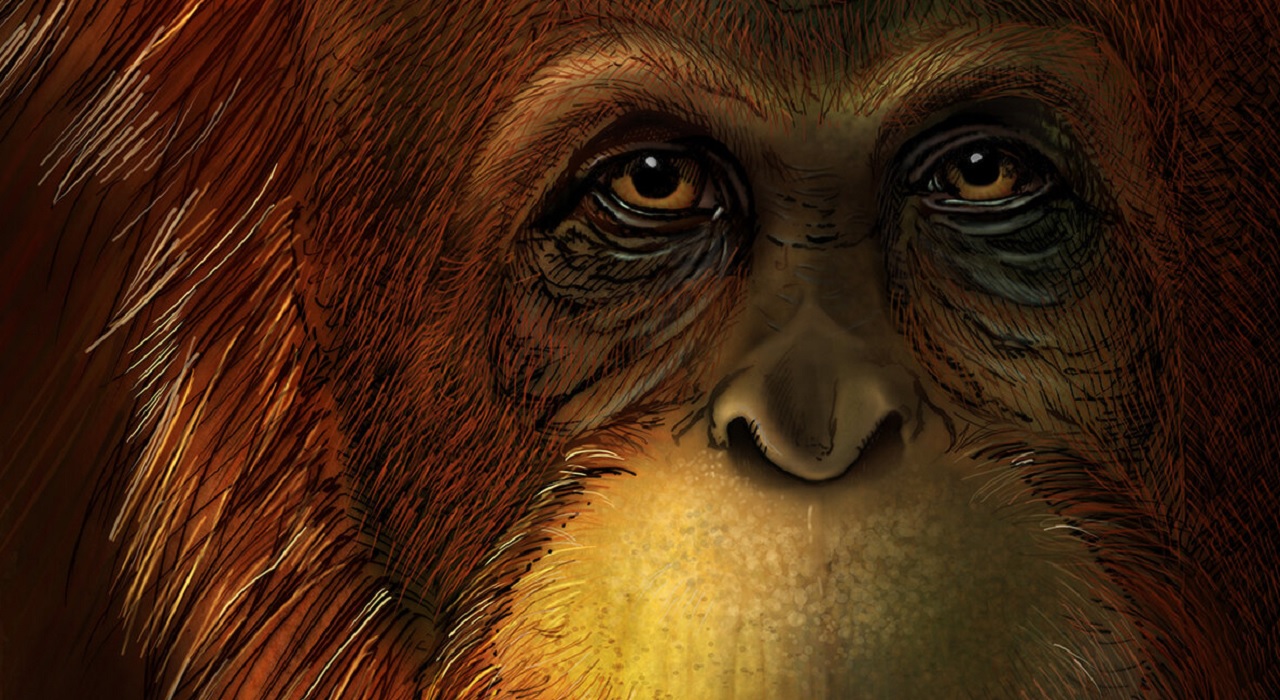
Orangutans (genus Pongo) are the closest living relatives of Gigantopithecus blacki, the biggest primate that ever walked the Earth, according to new research published in the journal Nature.
The first Gigantopithecus remains described by an anthropologist found in 1935 by Ralph von Koenigswald in a Hongkong drugstore. Since then, relatively few fossils of Gigantopithecus have been recovered. Aside from the molars recovered in Chinese traditional medicine stores, Liucheng Cave in Liuzhou, China, has produced numerous Gigantopithecus blacki teeth, as well as several jawbones.
Gigantopithecus remains have been found are in or near southern China, stretching from Longgupo Cave, just south of the Yangtze River, to the Xinchong Cave on Hainan Island and, possibly, into northern Vietnam and Thailand.
Standing at least 2.5 meters tall, Gigantopithecus lived in the forests of South-East Asia between 2 million and 300,000 years ago. The extinct genus of ape existed from about two million years to as recently as one hundred thousand years ago, when Homo erectus would have been dispersed in what is now Vietnam, China, and Indonesia.
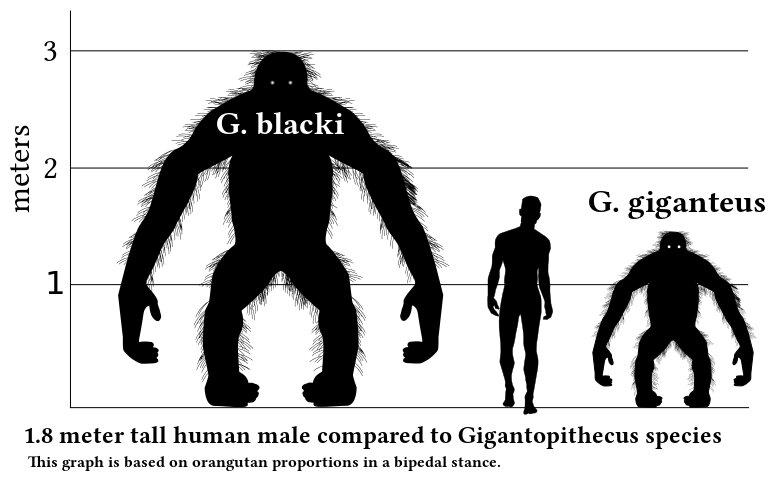
Now, a team of researchers used protein sequencing techniques to retrieve genetic information from a 1.9 million-year-old extinct, giant primate that used to live in a subtropical area in southern China. It is the first time that such old genetic material has been retrieved from a warm, humid environment.
The study is published in the scientific journal Nature, and the results are groundbreaking within the field of evolutionary biology, according to Frido Welker, Postdoc at the Globe Institute at the Faculty of Health and Medical Sciences in Copenhagen and first author of the study.
“Primates are relatively close to humans, evolutionary speaking. With this study, we show that we can use protein sequencing to retrieve ancient genetic information from primates living in subtropical areas even when the fossil is two million years old. Until now, it has only been possible to retrieve genetic information from up to 10.000-year-old fossils in warm, humid areas. This is interesting, because ancient remains of the supposed ancestors of our species, Homo sapiens, are also mainly found in subtropical areas, particularly for the early part of human evolution. This means that we can potentially retrieve similar information on the evolutionary line leading to humans,”
– Frido Welker.
By comparing the amino acids to those in the same six proteins in living apes, including orangutans, gorillas, and other apes and monkeys, they calculated that the giant ape was most closely related to orangutans. The two lineages probably split off between 10 million and 12 million years ago, they report today in Nature.
“The analysis revealed that Gigantopithecus blacki belongs to the same clade as the orangutan, its closest living relative, although its separation with the current orangutans is very distant, which explains the previous confusion in the field,”
“We can even conclude that the lineages of orangutan and Gigantopithecus split up about 12 million years ago.”
– Co-lead author Dr. Tomas Marques-Bonet, a scientist at the University Pompeu Fabra, Barcelona
Gigantopithecus reached massive proportions, exceeding that of living gorillas, based on analysis of the few bones that have been found. It is thought to have gone extinct when the environment changed from forest to savannah. There is also speculation that competition with H. Erectus may have contributed to the extinction of Gigantopithecus. This is because both H. erectus and Gigantopithecus fossils were discovered in South China, indicating that the two species may have coexisted at one time.
The palaeoproteomics technique developed by the team could be used to clarify the evolutionary history hidden in fossils too old to conserve DNA.
Reference:
Frido Welker et al. Enamel proteome shows that Gigantopithecus was an early diverging pongine. Nature. DOI: org/10.1038/s41586-019-1728-8


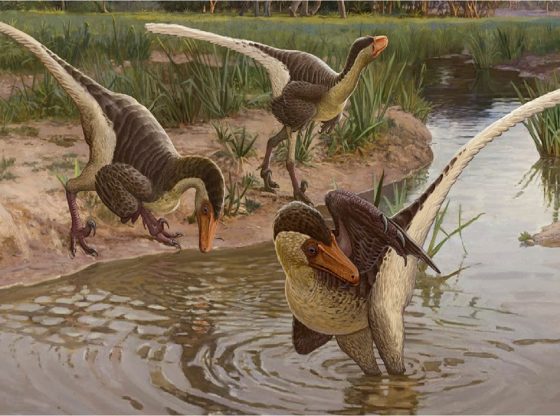


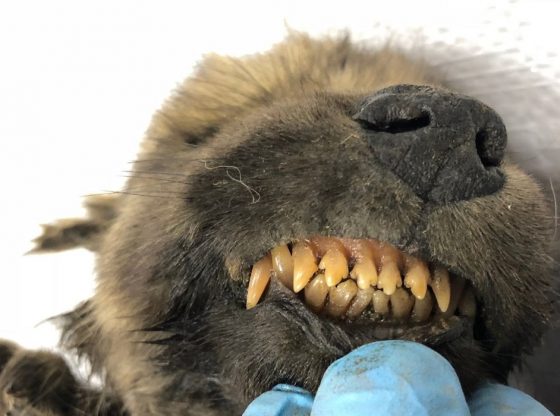
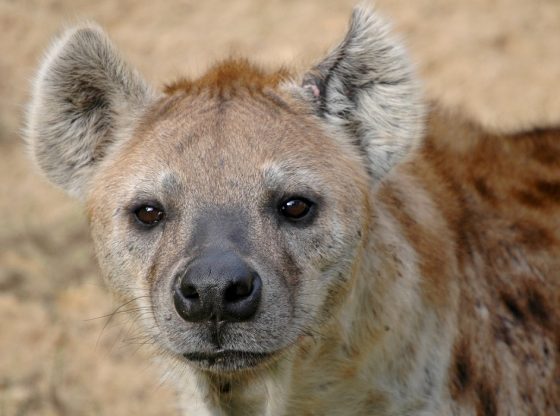
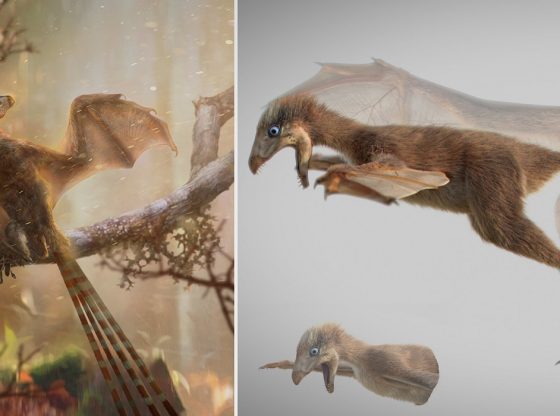
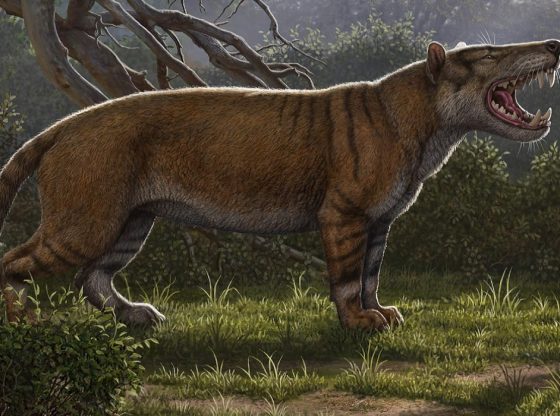
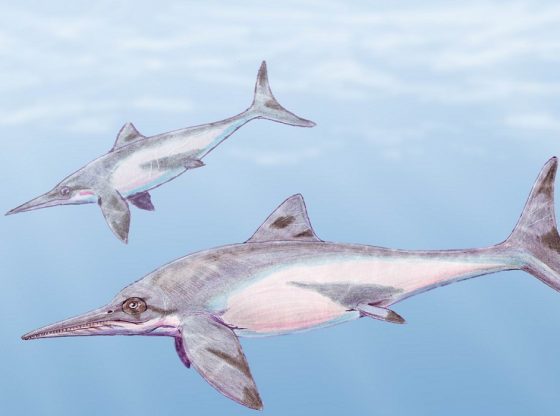

![OpenAI. (2025). ChatGPT [Large language model]. https://chatgpt.com](https://www.illustratedcuriosity.com/files/media/55136/b1b0b614-5b72-486c-901d-ff244549d67a-350x260.webp)
![OpenAI. (2025). ChatGPT [Large language model]. https://chatgpt.com](https://www.illustratedcuriosity.com/files/media/55124/79bc18fa-f616-4951-856f-cc724ad5d497-350x260.webp)
![OpenAI. (2025). ChatGPT [Large language model]. https://chatgpt.com](https://www.illustratedcuriosity.com/files/media/55099/2638a982-b4de-4913-8a1c-1479df352bf3-350x260.webp)








